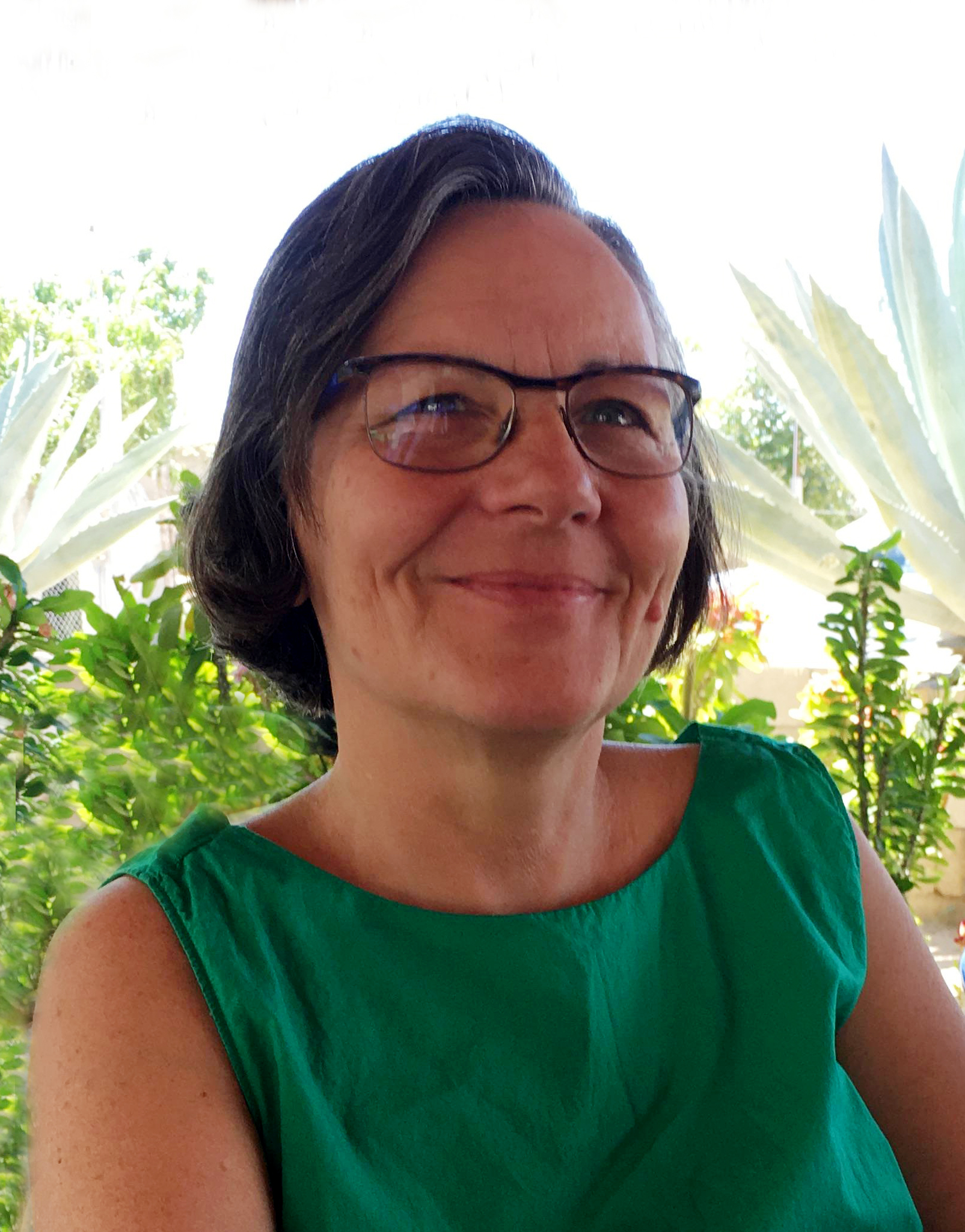Expanding the Applied Linguistics Lens on Multiliteracies: Sociomaterial Assemblages
Wilga Rivers Language Pedagogy Colloquium
 Organizer: Diane Dagenais, Simon Fraser University
Organizer: Diane Dagenais, Simon Fraser University
Discussant: Kelleen Toohey, Simon Fraser University
Abstract:
Recently scholars have called for the adoption of a transdisciplinary perspective in second language research and teaching to expand the theoretical horizon in the field and account for multiliteracies (Douglas Fir Group, 2016). Some researchers (Canagarajah, 2018; Pennycook, 2018; Smythe et al., 2017; Toohey, 2018) have been crossing disciplinary boundaries as they turn to theories of new materialism (Barad, 2007) and posthumanism (Braidotti, 2013) emerging in many areas of study. This scholarship questions established binaries (e.g., animate/inanimate, inside/outside) and reconceptualizes humans, animals, nature, and other matter as entangled and ontologically inseparable. From this perspective, phenomena are seen as vibrant
Story production assemblages at home
Diane Dagenais, Geneviève Brisson, Simon Fraser University
We are studying relationships formed by children, a digital tool called Scribjab (www.scribjab.com), and other human and non-human participants in multilingual and multimodal story production at home. Acknowledging digital tools and practices are not universally accessible, with Kuby and Rowsell (2017), we see a need to study literacies as emergent local phenomena constituted by multiple things that matter, including literacy materials, physical arrangements, social positionings, and discourses about what counts as literacy practice.
Language and literacy researchers exploring theories associated with new materialism and posthumanism invite us to query how human bodies,
In our research, assemblage helps us conceptualize how literacy learning ecologies include more than social processes. This challenges us because it is a marked departure from much of our training and research so far and requires that we consider how we too, as researchers, are also part of the complex of participants in literacy ecologies. As Bhatt and de
“Unruly encounters”: Refocusing language learning through a post-human, socio-materialist lens
Gabriele Budach, University of Luxembourg
In this talk, I investigate how engaging with objects creatively stimulates language learning by decentering language and linguistic norm as the focal point of activity. I explore an approach whereby students work with self-chosen objects and produce short
A materialist reading of arts-based language pedagogy in two immigrant classrooms
Monica Waterhouse, Université Laval
Arts-based pedagogy can support intellectual, social, and emotional processes in language learning (Anderson & Chung, 2011). My on-going three-year study considers the potential of arts-based,
Drawing on teacher interviews and classroom observational data (field notes and video-recordings), this research assemblage maps different unfoldings of one arts-based activity in a Quebec French second language classroom and an Ontario English Second Language classroom. Inspired by established pedagogical practices with migrant youth (Danzak, 2011) and children (Arizpe, Colomer, & Martínez-Roldán, 2015), adult student-participants read Tan’s The Arrival, a wordless narrative about migration, and were invited to write imaginary character profiles. The data mappings suggest how the complexity of classroom assemblages constituted by human bodies (teachers, students, researchers) and non-human bodies (texts, technological devices, etc.) has the power to transform planned pedagogy into unpredictable living pedagogy (Aoki, 2005). One key implication is language teacher-researchers might accept Nichols and Campano’s (2017) socio-material invitation “to see the contingencies of teaching and learning not as confounding variables to be overcome, but as a fundamental condition of our work as educators” (p. 247)
Rhizo-creation of second-language teachers’ capacity for technological integration: A research assemblage
Francis Bangou, Université d’Ottawa
Curricula in numerous countries have been updated to ensure that students and teachers develop competencies specific to the digital demands of today’s fast-changing Information and Communication Technology (ICT) based world. These competencies include the ability to communicate effectively through diverse technological devices, to monitor creative processes, and to appreciate diversity, disorder, and ambiguity (C21 Canada, 2015). Unfortunately, research shows that both pre- and in-service language teachers often do not feel prepared to face the challenges generated by the integration of technology into their teaching. It is not surprising, then, that a number of experts have questioned not only the adequacy of teacher education in Technology Enhanced Language Education (TELE
The goal of this presentation is to create a space propitious to the emergence of novel thoughts and practices associated with teacher education in TELE. This presentation is in line with the necessity to re-think the interrelationships between language, technology, and teacher education, as we will engage conceptually and methodologically with the ever ambiguous, intersectional, multimodal, and transformative relationships that affect the ways of becoming a technology-enhanced language teacher. Working with(in) the concepts of assemblage (i.e., temporal arrangements of connections) and rhizome (i.e., unpredictable, multiplicious, and disruptive growth and connections) (Delanda, 2006; Fox & Aldred, 2015), this presentation will report data collected as part of a study that focused on the design of an online graduate course in TELE. Through the
[1] Cildo Meireles, in Nuria Enguita, ‘Places for Digressions (A Interview with Cildo Meireles)’ (1994), in Cildo Meireles, exhibition
